

clinostat clock type
$4,000.00 Original price was: $4,000.00.$3,500.00Current price is: $3,500.00.
A clinostat clock is a type of clock that incorporates a clinostat mechanism. A clinostat is a device used in scientific research to eliminate the effects of gravity on biological specimens by continuously rotating them. In the context of a clock, a clinostat mechanism is integrated to keep the clock in constant motion, typically rotating in multiple axes, which can make it difficult for a person to read the time directly. The purpose of such a clock is often artistic or conceptual, challenging traditional notions of timekeeping and perception.
clinostat clock type
Artistic Installations:
Clinostat clocks are often used in art installations to create visually striking and thought-provoking pieces. The continuous rotation of the clock’s components adds an element of dynamism and unpredictability to the artwork.
- Time Perception Studies:
Clinostat clocks can be used in psychological or neurological studies to investigate how people perceive time under conditions of continuous motion. These studies can provide insights into human cognition and the brain’s ability to process temporal information.
Experimental Timekeeping:
Scientists and researchers might use clinostat clocks in experimental settings to explore alternative methods of timekeeping or to study the effects of continuous motion on time perception.
Educational Purposes:
Clinostat clocks can be used in educational settings to demonstrate concepts related to time, motion, and perception. They provide an engaging way for students to explore these ideas and spark discussions about the nature of time.
Conceptual Design:
Designers and architects may incorporate clinostat clocks into their projects as a way to challenge traditional design conventions and create unique and innovative spaces.


 Emollients
Emollients Humectants
Humectants UV Filters
UV Filters Surfactants (cosmetic)
Surfactants (cosmetic) Preservatives (cosmetic)
Preservatives (cosmetic) Fragrances and Essential Oils
Fragrances and Essential Oils Antioxidants (cosmetics)
Antioxidants (cosmetics)
 Solvents (lab)
Solvents (lab) Chromatography Chemicals
Chromatography Chemicals Microbiology and Cell Culture Reagents
Microbiology and Cell Culture Reagents Biochemical Reagents
Biochemical Reagents Inorganic and Organic Standards
Inorganic and Organic Standards Spectroscopy Reagents
Spectroscopy Reagents Molecular Biology Reagents
Molecular Biology Reagents
 Precious Metal Extraction Agents
Precious Metal Extraction Agents
 Plasticizers
Plasticizers Polymerization Initiators
Polymerization Initiators Stabilizers
Stabilizers Monomers
Monomers Fillers and Reinforcements
Fillers and Reinforcements Antioxidants (plastics)
Antioxidants (plastics) Colorants (plastic pigments,Dyes)
Colorants (plastic pigments,Dyes)
 Fertilizers
Fertilizers Plant Growth Regulators
Plant Growth Regulators Soil Conditioners
Soil Conditioners Animal Feed Additives
Animal Feed Additives Biostimulants
Biostimulants
 Dough Conditioners
Dough Conditioners Flour Treatments
Flour Treatments Fat Replacers
Fat Replacers Preservatives (baking)
Preservatives (baking)
 Surfactants (cleaning)
Surfactants (cleaning) Builders
Builders Bleaching Agents
Bleaching Agents Enzymes
Enzymes Solvents (cleaning)
Solvents (cleaning) Fragrances
Fragrances Disinfectant
Disinfectant Metal cleaning
Metal cleaning
 Binders/Resins
Binders/Resins Pigments
Pigments Solvents (paint)
Solvents (paint) Additives
Additives Driers
Driers Anti-Corrosion Agents
Anti-Corrosion Agents Specialty Coatings
Specialty Coatings Functional Coatings
Functional Coatings Application-Specific Coatings
Application-Specific Coatings
 Sealants and Adhesives
Sealants and Adhesives
 Biodegradable Surfactants
Biodegradable Surfactants Bio-based Solvents
Bio-based Solvents Renewable Polymers
Renewable Polymers Carbon Capture Chemicals
Carbon Capture Chemicals Wastewater Treatment Chemicals
Wastewater Treatment Chemicals
 Preservatives (food)
Preservatives (food) Flavor Enhancers
Flavor Enhancers Acidulants
Acidulants Sweeteners
Sweeteners Emulsifiers
Emulsifiers Antioxidants (food)
Antioxidants (food) Colorants (food)
Colorants (food) Nutrient Supplements
Nutrient Supplements Nutraceutical Ingredients
Nutraceutical Ingredients
 Fresh Herbs
Fresh Herbs Whole Spices
Whole Spices Ground Spices
Ground Spices Spice Blends
Spice Blends
 Surfactants(oil)
Surfactants(oil)
 Antibiotics
Antibiotics Active Pharmaceutical Ingredients
Active Pharmaceutical Ingredients Excipients
Excipients Vaccine Adjuvants
Vaccine Adjuvants Nutraceutical Ingredients
Nutraceutical Ingredients Solvents (pharmaceutical)
Solvents (pharmaceutical)
 Automotive chemicals
Automotive chemicals Pyrotechnic Chemicals
Pyrotechnic Chemicals


 Vulcanizing Agents
Vulcanizing Agents Accelerators & Retarders
Accelerators & Retarders Antidegradants
Antidegradants Reinforcing Agents
Reinforcing Agents Plasticizers & Softeners
Plasticizers & Softeners Fillers & Extenders
Fillers & Extenders Blowing Agents
Blowing Agents Adhesion Promoters
Adhesion Promoters
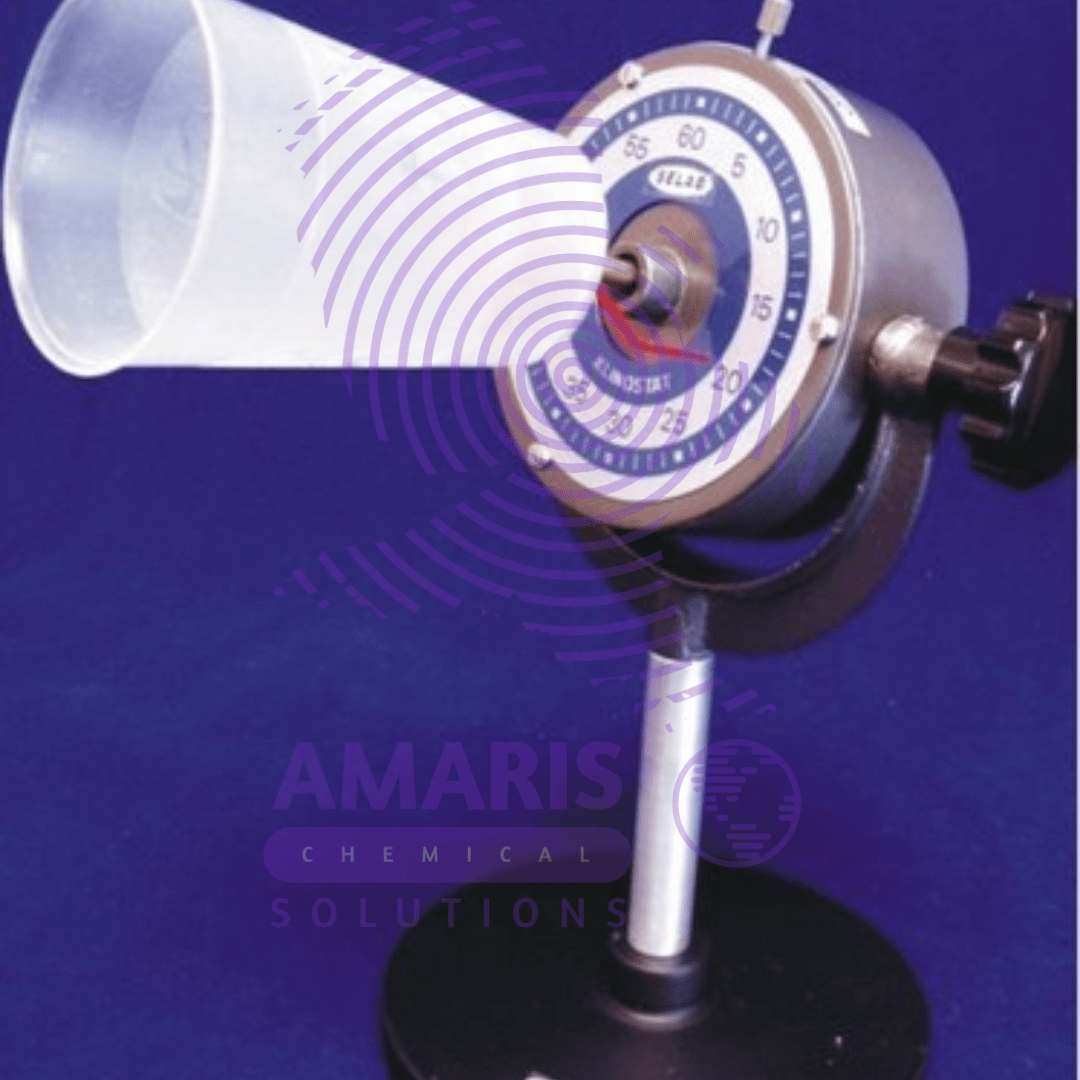

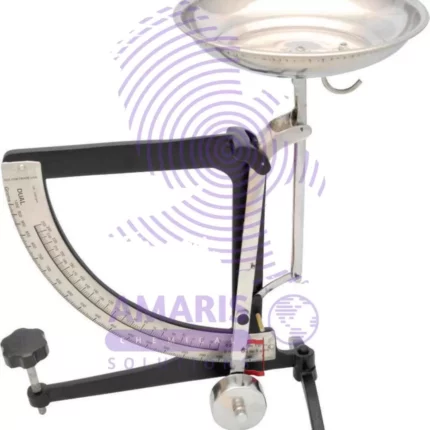

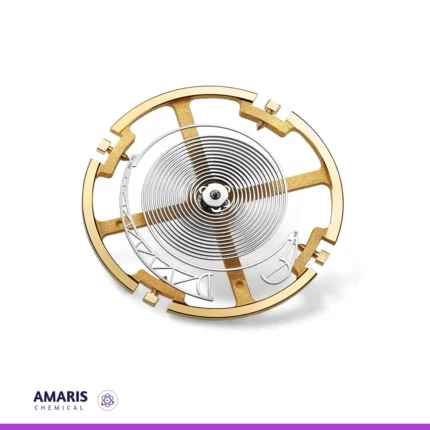
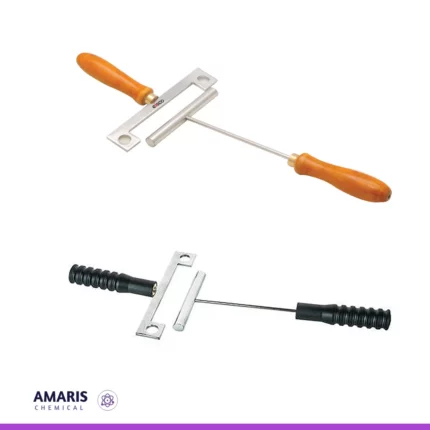
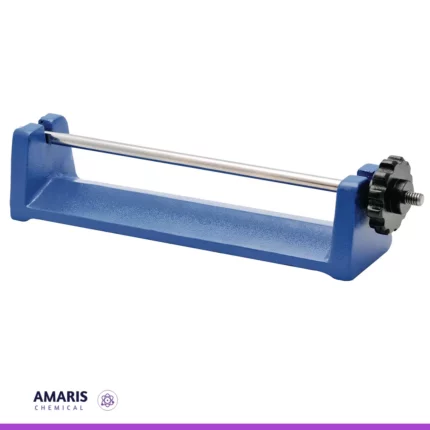















Kerubo –
The Clinostart clock type is fantastic! It’s easy to set up, highly accurate, and the display is clear and easy to read. Perfect for my needs!
Puppy –
I’ve had the opportunity to explore the clinostat clock type, and it’s truly a remarkable tool for researchers like myself.
Emily Johnson –
Trusted solution
Lenn –
Used primarily in plant biology and microgravityresearch to study the effects